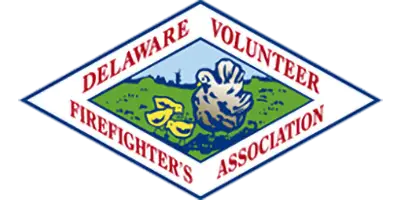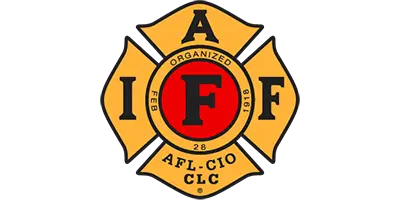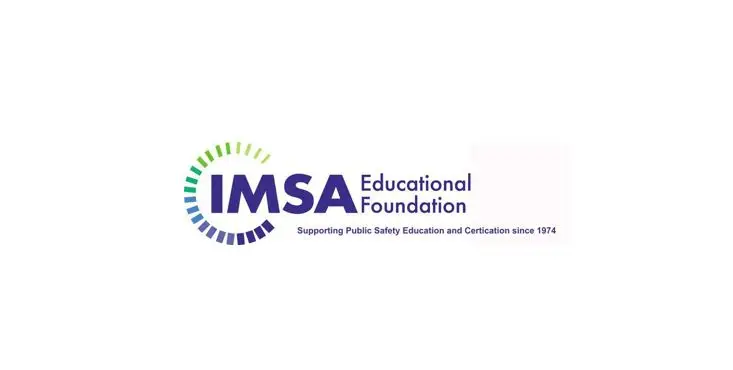Your presence is powerful. Congress wants to hear YOUR story to help shape policies on Capitol Hill.
How to Join Fire Day on the Hill 2025
February 12, 2025
Help us connect with every member of Congress to ensure that they are hearing from the fire and emergency services! Join us by reaching out to your members of Congress when you are in D.C. and requesting meetings to talk to them about consensus policy issues.
Read on to learn how to join the effort.
Step 1: Finding Your Members of Congress and Requesting Meetings
Step 2: Preparing Your Talking Points and Gathering Your Meeting Materials
Step 3: Running Your Meeting with Members of Congress and Staff
Finding Your Members of Congress and Requesting Meetings
Schedule of Events for February 12, 2025
Wednesday, February 12
All Day
Meet with your Members of Congress on Capitol Hill
2 PM
Capitol Hill Group Photo

Tips
- Submit your meeting requests 2-8 weeks before travel.
- If you haven't heard back in 1-4 weeks (depending on when you sent the initial request and when your requested meeting date is), feel free to call the office to follow up.
- If they don't get back to you about a meeting, you can still print off informational materials and bring them by the office when you're in town. Ask to leave the materials at their main office in a folder with a business card!
Congressional Meeting Tracker
Please fill out this form to let us know which members of Congress you will be meeting with while you are in Washington, D.C.
Preparing Your Talking Points and Gathering Your Meeting Materials
The Fire Service Agenda for the 119th Congress
Please feel free to print and use as many of these talking points documents as you want to explain to members of Congress and staff why these issues are important. You can carry any of these papers in addition to any other issues you may want to talk about.
Tip: Don’t forget to leave the documents with the staff after your meeting so they can use them for reference!
Help spread the word by bringing the documents to your meetings. If you haven’t been able to secure a specific meeting, you can still bring these documents with a business card and drop them off in the front office of your members of Congress!
Join the Congressional Fire Services Caucus
High Rise Fire Sprinkler Incentive Act
Supporting Fire Sprinklers in Tax Reform
AFG and SAFER Funding
Reauthorize FirstNet
Up-to-Date Codes and Standards: The Affordable Investment We Can’t Ignore
Prepare Your Stories
As you review the one pagers you plan to bring, think about the stories you have from your personal experience that can provide color to the talking points on the sheet.
For example, if you plan to talk about AFG and SAFER funding, make sure you have a short story prepared about how AFG or SAFER has helped your department or organization. If you haven’t yet won a grant, you can talk about how it has helped neighboring towns and departments and how you hope it will be able to help your department too.
Tips
- Write out your stories in your notes and try to keep the legth to 2-4 sentences.
- Practice your stories beforehand to make sure it doesn't take you longer than 1 minute to share. It's easy to take up too much time with a story!
- Practice using one of the talking points on the one pager as a lead in to your story. Know how you want to bridge the gap from talking point to personal story.
Running Your Meeting with Members of Congress and Staff
Follow the 15 Minute Meeting Formula
Step 1 (30 seconds): Introduction and Establishment of Credentials
- Your Name
- Your Title (and what you do in basic, easy-to-understand terms)
- Your Department or Organization
- If you are a constituent of the member of Congress
Step 2 (30 seconds): Set the Agenda
In one sentence, state the issues you want to discuss so you can set expectations early about the topics you want to get through in the meeting. For example, you can say:
“I’d like to discuss two items today: fire sprinklers and funding for AFG and SAFER.”
Or:
“I noticed that your boss isn’t a member of the Congressional Fire Services Caucus and I wanted to talk to you about having them join. I’d also like to briefly talk about the importance of fire sprinklers in our state.”
Step 3 (2-10 minutes): Tell the Story
Divide 10 minutes by the number of issues you want to discuss and that will guide how much time you have to talk about each issue. In general, plan to talk about no more than 3 issues. 1-2 issues is common for a meeting.
Use the talking points from on the one pagers you downloaded to guide your conversation. Add in one quick personal story per topic.
Remember: you are the expert on your own stories! Congress wants to hear what YOU have to say about each topic. Use the talking points from the one pagers that resonate with you and can be supported by your stories.
Step 4 (1 minute): MAKE THE ASK
As you wrap up your story for each topic you want to address, don’t forget to MAKE THE ASK. You have to clearly state what your ask is. For example, if you want a member of Congress to cosponsor a bill, be sure to use a sentence like this:
“That’s why today, I wanted to ask you to please cosponsor this bill: The Bill Title Act (H.R.1234 or S.1234).”
If you are there to share information and not to make an ask, you can say something like this:
“I’m not here today with an ask; I wanted to share information with you about these topics. Please feel free to use me as a resource if you have any questions.”
Step 5 (2 minutes): Take Questions
Don’t forget to leave time for at least one question from the staff.
Relatedly, if staff or a member of Congress are asking questions throughout the meeting, be sure to manage your time effectively to make sure you don’t let the questions prevent you from addressing the topics you want to cover and making the ask.
Tip: DON”T GUESS. If you are asked a question and you don’t know what the answer is, or your know the answer but you don’t know why they’re asking — DON’T GUESS. Thank them for the question and ask for more context. Then tell them you’ll get back to them.
Step 6 (1 minute): Wrap Up
At the end of the meeting, be sure to reiterate your ask(s) and make sure you get contact information from the staff or the member of Congress. Don’t forget to thank them for their time and end on a gracious and positive note!
Step 7 (after the meeting): Follow Up
Later that evening or the next day, write a quick email to the staff or the member of Congress to thank them for their time. In your email:
- Say thank you
- In 1-2 sentences, reiterate the topics you discussed
- In one sentence, reiterate your asks
- Attach any printed materials you brought as PDFs
- Answer any questions you didn’t have time to answer during the meeting or let them know you’re working to get the information
- Provide your contact info in case they have any questions






















